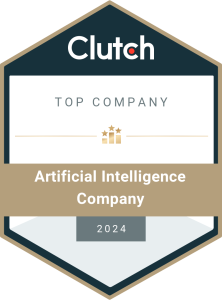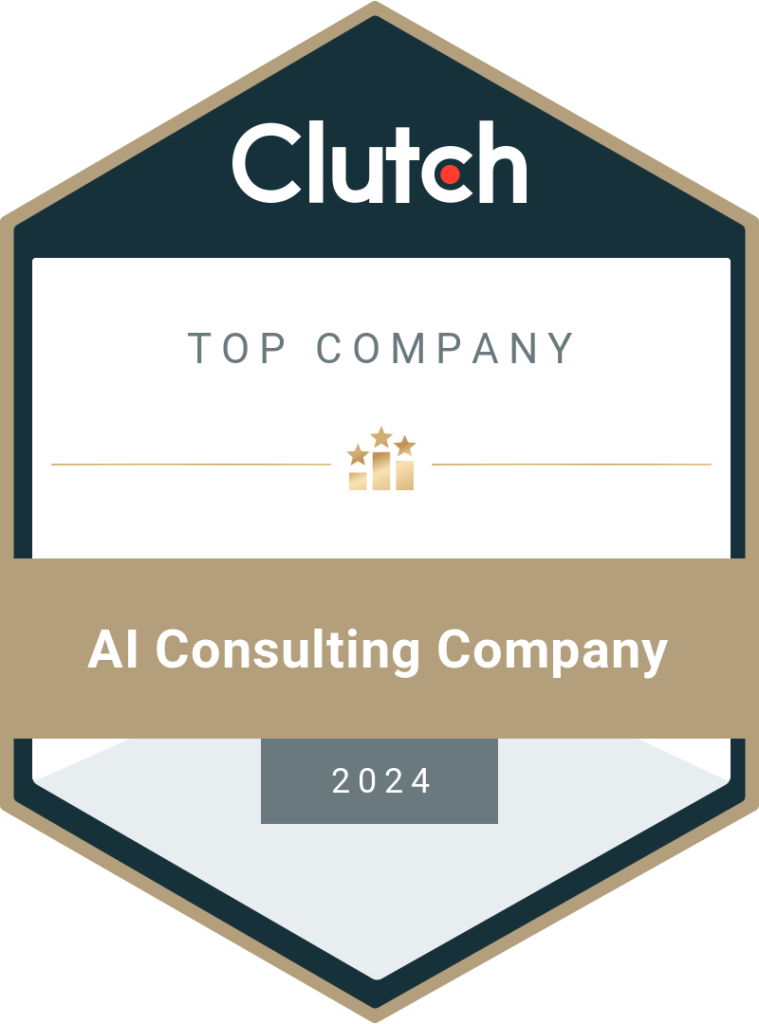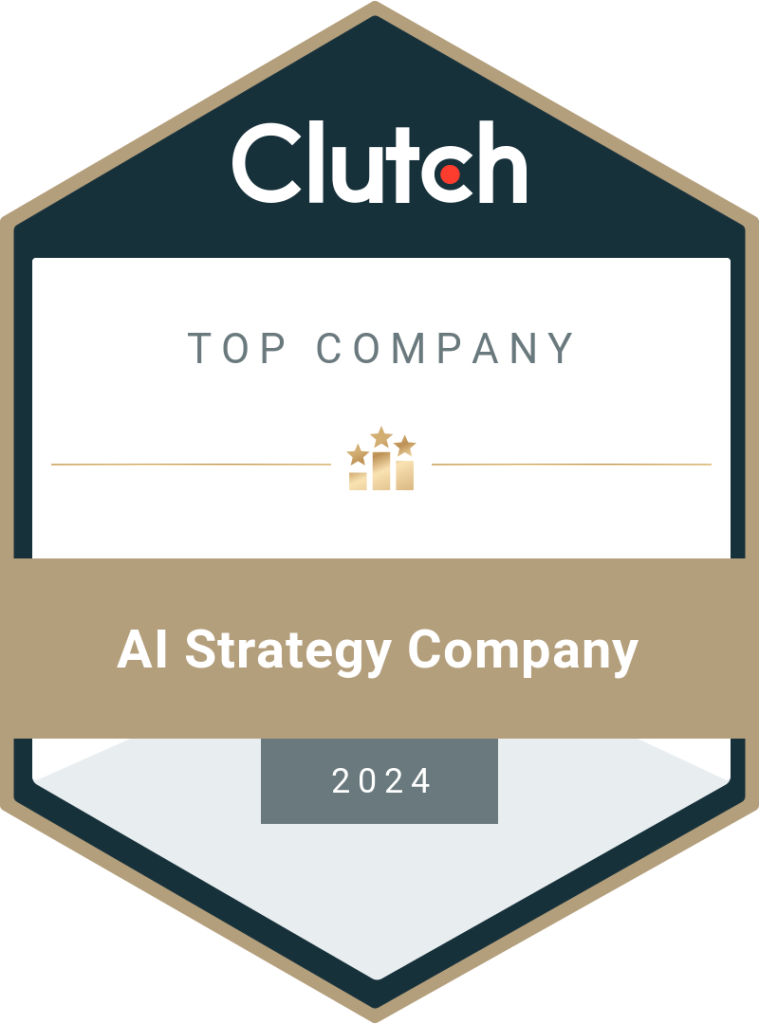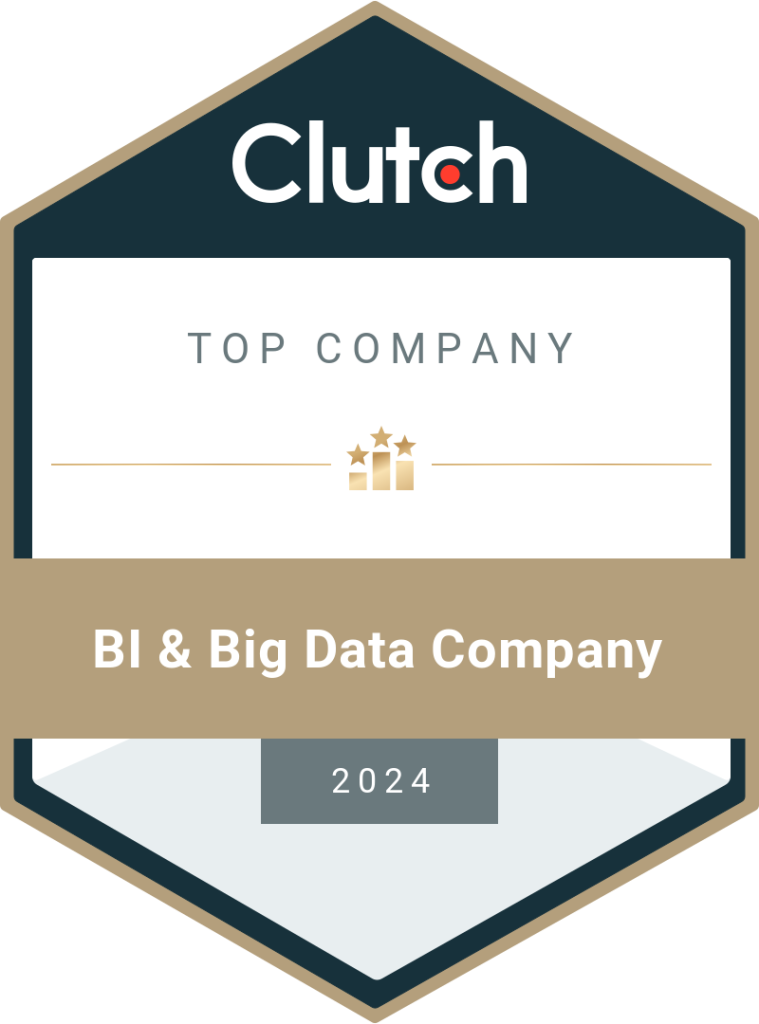Why Leading US Tourism Brands Are Investing in Data Warehousing (And You Should Too)
Data warehouses store large amounts of structured and unstructured data from different sources such as travel agencies, customers, and vendors. Let’s explore how travel analytics services help to deliver optimal customer experience, enhance operational efficiency, and grow the travel business. Data analytics enable travel businesses to explore huge datasets spanning customer preferences, feedback, and bookings to optimize their operations and services. Data warehouses play an important role in supporting data analytics by giving a unified view of data facilitating easy and reliable analysis. According to GlobeNewswire, the DWaaS (Data Warehouse as a Service) market is projected to reach USD 7.69 billion, at a compound annual growth rate of 24.5% by the year 2028. In this blog, we will find out why investing in data warehousing is important for tourism brands to stay ahead in the game. Types of Data in the Tourism Industry Benefits of Managed Analytics for the Travel Industry Now let’s discuss the benefits of managed analytics in the travel and tourism industry: Better Customer Experience: With advanced data analytics, travel companies get relevant information about customers regarding their preferences, buying patterns, and behaviors. The companies analyze this information to predict insights and personalize their service offerings to deliver exceptional experiences. Enhances Operational Efficiency: Using data analytics, travel companies run smoothly by recognizing patterns and ways to improve them. For example, airline operations analytics enable airlines to pick the best routes to save fuel. Competitive Pricing: The pricing in the tourism industry often fluctuates depending on peak and off-peak seasons, demand, special events, and competitor pricing. Travel companies can analyze these factors to optimize their prices and remain profitable at the same time. High ROI: Analysts use data analytics (obtained by tracking metrics such as conversion rates, and click-through rates) to assess how well the marketing campaigns are performing, comprehending which channels and strategies yield the highest value. Data-related Challenges in the Tourism Industry Some of the common challenges faced by travel agencies are: Privacy and Security: The tourism regulatory frameworks in the US such as the US Travel and Tourism Advisory Board (TTAB) enforce that all travel companies must comply with the standards of collection, storage, and usage of customer data. Any breaches or infringements are liable to penalties. Processing and Interpretation in Real-time: Elements such as cost, customer preferences, and availability keep changing frequently. Gathering and processing this data becomes difficult. Even if travel companies manage to collect and analyze data, interpreting it to obtain meaningful results needs the expertise of analysts and data scientists, resulting in a skill gap. Data Quality: There are possibilities of duplication and errors in the recorded data which may lead to wrong insights and decision-making. Since travel analytics solutions get data inputs from disparate sources (CRMs, booking platforms, and social media channels), integrating these huge data sets is a tough task. Ethical Handling of Data: Apart from abiding by regulatory compliance, travel analytics solutions must implement ethical considerations to handle data by preserving customer privacy. How can Data Warehouses help overcome the above Challenges? Data warehouses play an important role in overcoming the challenges by offering a centralized and organized repository to store, arrange, and analyze huge data volumes. Since travel companies collect data from diverse sources, data warehouses make it easy to consolidate information. It allows users to access data stored in a single repository from anywhere, saving time and facilitating quick decision-making for predictions. Data warehouses ensure uniformity and reliability of information across all levels, allowing seamless processing. They aid in integrating data from multiple sources, hence minimizing the time needed for comprehensive reporting and analysis. Important Factors to Consider when Choosing a Data Warehouse for your Travel Business Choosing the data warehouse for your business requires these considerations beforehand: Data types: Determine the kind of data that you want to store in your data warehouse. Performance: Find out the query processing speed for easy data retrieval. Size: Asses the size of the datasets you need to store in the data warehouse. Maintenance: Evaluate the efforts to oversee and control data warehousing processes. Cost: Estimate the budget that you can spend on data warehouse deployment. Community: Find out which tools and resources are required for integration after the data warehouse has been deployed. How Does the Travel Industry Use Data Analytics? Data analytics allows travel businesses to conclude meaningful insights and make concrete decisions by assessing market trends, customer feedback, and real-time data. Let’s explore how: Forecasting Travel Demand: Travel companies can predict the demand for travel services by analyzing existing trends and analyzing historical data. For example, an increase in flight reservations indicates growing interest, allowing the companies to advertise related services and launch targeted marketing campaigns. Customizing Customer Experiences: In response to the ever-evolving customer needs, the travel industry is moving towards delivering personalized experiences, supported by data analytics. By analyzing customer data, companies can cater to individual preferences. Also, businesses assess customer feedback and complaints to find out well-performing areas and areas that need improvement. Sentiment analysis classifies emotions as positive, negative, or neutral. The travel companies review their services accordingly, enhancing customer loyalty and satisfaction. Strategic Planning: It becomes easy for travel companies to identify evolving trends such as increasing preference for eco-tourism. These insights allow the marketing teams to plan strategically, launch marketing campaigns, and tap new opportunities. Managing Risks: Unforeseeable situations such as adverse weather conditions or epidemics may bring paramount havoc to the travel industry. With the help of real-time data analytics, travel companies can handle associated risks and send alerts for disruptions. This enables them to make arrangements to reduce adverse effects on the travel plans of customers. Conclusion: Travel and tourism companies can grow by leaps and bounds by implementing data warehouses. The travel analytics solutions provide meaningful insights to enhance operational efficiency, lower risks, assess marketing campaigns, forecast trends, and deliver incredible customer experiences. These platforms also aid in overcoming the challenges that pop up when dealing with large volumes of data with the help of reliable data governance practices. Data is an integral force and
Read More






